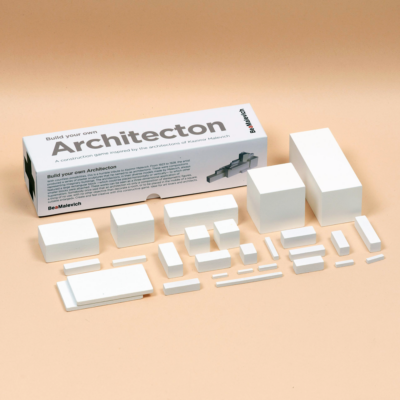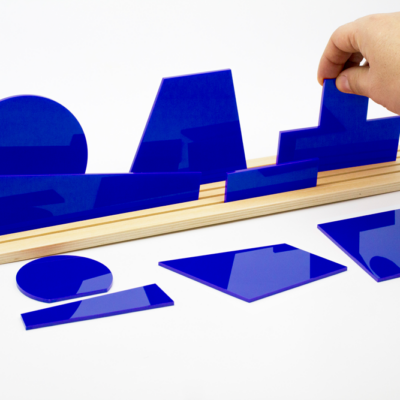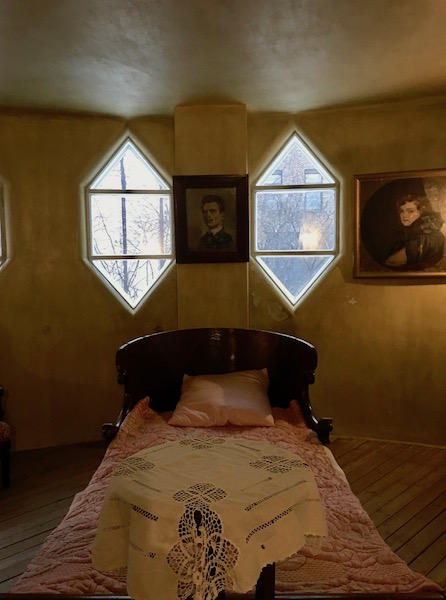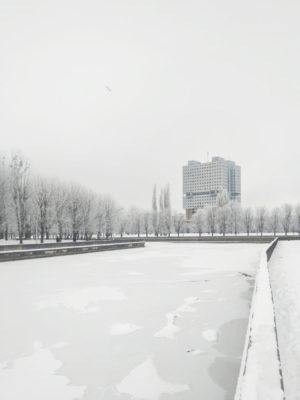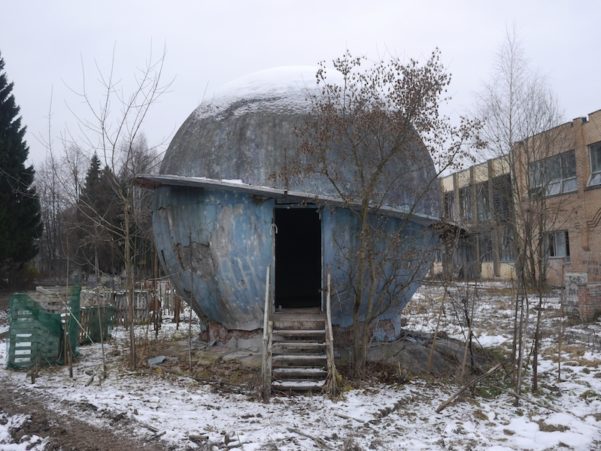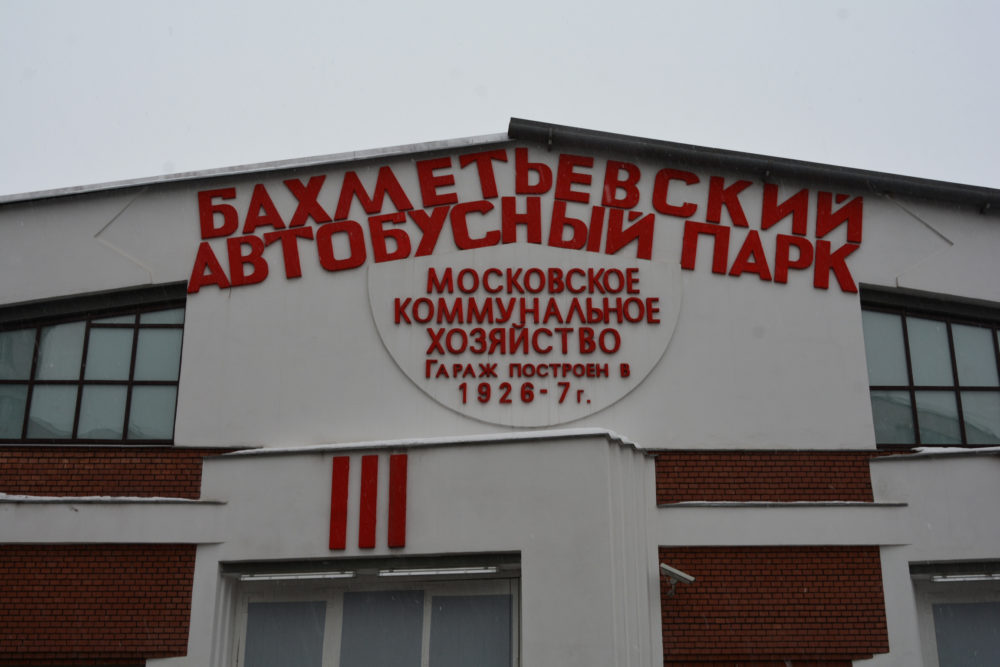
Konstantin Melnikov
Growing up, Melnikov lived in a single room with his siblings and parents. In his lifetime he moved from abject poverty to a life of privilege, access and protected status … for a time.
Considered a leading figure of the Russian avant-garde movement, the story goes that 12-year-old Konstantin Melnikov’s extraordinary potential and drawing ability was noticed by a local milkmaid who introduced him to one of her customers, a wealthy engineer who, in turn, educated Konstantin who at that point had only received two years education. By the time he was 20 (in 1910) he was a trained architect and artist.
It’s so hard to know while living through it, but for Melnikov, it was 1923 in which his career, life and ambitions fell into place, not least because it marked the beginning of a decade in which he was revered locally and abroad. As a well-known figure in Moscow, he was commissioned to design the Soviet Pavilion at the 1925 Paris Exposition Internationale des Arts Decoratif et Industriels Modernes and it was here that he was brought into contact with international designers.
Back home he was translating political thinking into bricks, cement and mortar working on more than 20 buildings. His most productive period in the public sphere coincided with the growth of the Constructivist movement in revolutionary Russia, which expressed in art and design the ideology of the Soviets. However, some believe, Melnikov would have baulked if he were to be described as a Constructivist.
The building which ultimately became his sole focus is today known as The Melnikov House, located in the centre of Moscow it was both his home and studio, and was built over three floors between 1927 – 1929. This modern palace is a grand, glorious bold expression of Melnikov’s vision and a far cry from the bitter poverty into which he was born.
By the early 1930’s Stalin’s iron grip stretched to state sponsored architecture, which meant the mass rejection of Constructivism. Design moved firmly in the direction of Social Realism, and by 1933 it had turned shunned the Avant-Garde. Yet Melnikov obstinately would not fall in with the new orthodoxy. In 1937 he was removed from the first All-Union Congress of Soviet Architects, which meant he could no longer practice.
Left in a desperate situation, Melnikov had no option but to withdraw from public life and work from his house as an artist and teacher. Conformity to the state’s vision of style and design meant Melnikov didn’t receive true acknowledgement as a giant of architecture until he was near death. In a long overdue acknowledgement of his importance, Melnikov was, in 1972, awarded the title Doctor of Architecture. Two years later he died.
Melnikov 1890 – 1974
Honoured architect of the RSFSR
Buildings and monuments:
Sarcophagus of the Lenin Mausoleum
Bakhmetevsky Bus Garage
Gosplan Garage
Makhorka Pavilion
Kauchuk Factory Club
Burevestnik Club
Dulevo Porcelain Factory club
Intourist Garage
Bakhmetevsky Bus Garage in the forecourt of the Museum of Tolerance, Moscow




